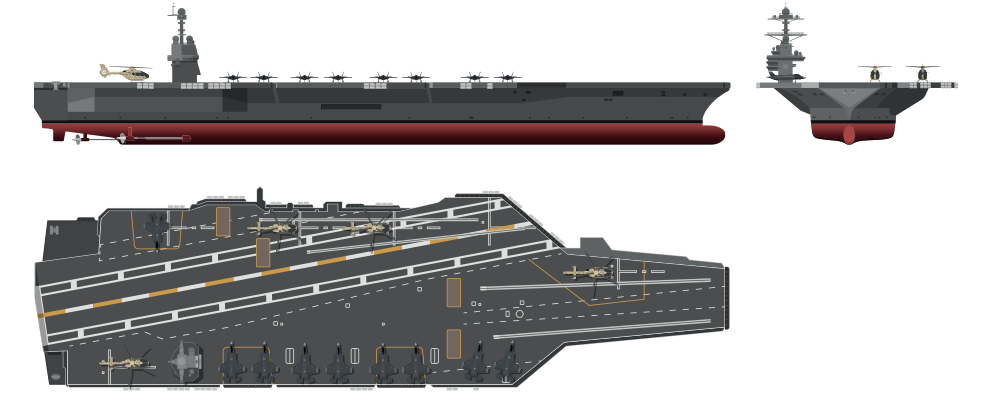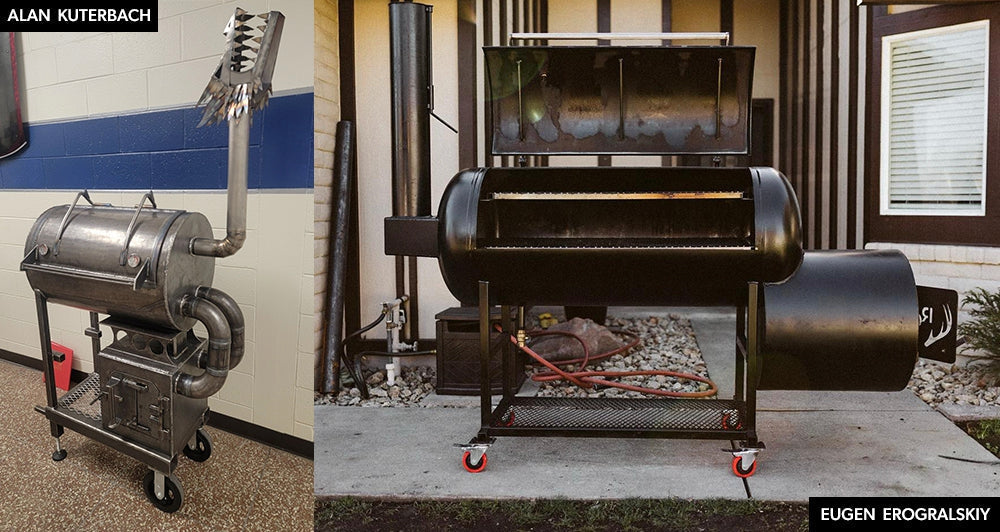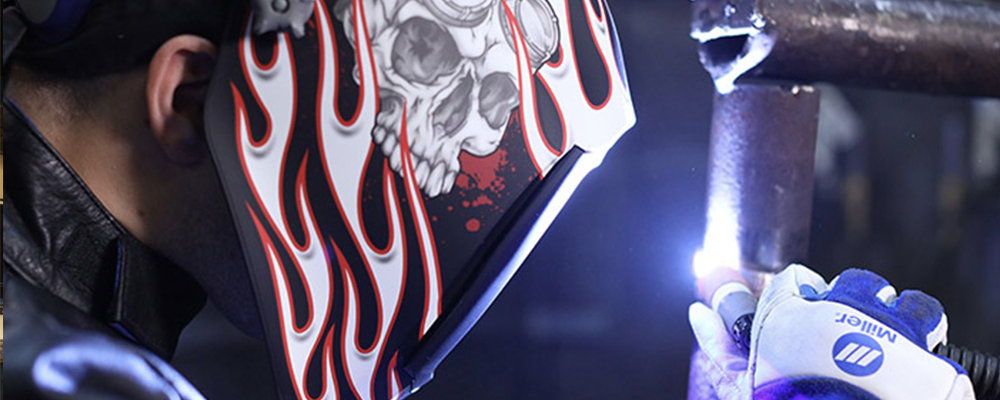The day was perfect, with only a calm breeze. As the behemoth of a ship was cast off, its dual gun decks were an astonishing sight. Every inch of the ship was finely decorated in honor of the king, who’d personally been responsible in pushing for such an elaborate design.
The entire city of Stockholm had shown up to see Vasa's maiden voyage. The massive ship was more than a monstrous sight—it would represent a significant change in how naval warfare would forever be fought.
Just a few minutes after casting off, a gust of wind pushed against the Vasa. To any other ship, it’d be hardly noticeable. But for a vessel where the designers and builders had never been on the same page, it spelled disaster. Already weighed down by her massive cannons and elaborate decorations, the Vasa rolled over, capsizing within minutes during her maiden voyage.

Only As Strong As Its Weakest Weld
The Vasa’s story has been a looming warning about the creation of massive ships. Without near perfect coordination between ship designers and builders, any large vessel could suffer a similar fate. But with the outbreak of World War II, the need for bigger and bigger ships was considered the utmost importance for victory—specifically large aircraft carriers.

Today, there are 46 total aircraft carriers in existence from 14 different countries. And while these massive ships carry a floating city on them, their survival comes down to their highly coordinated design and fabrication. Even the most basic weld can dictate the fate of these hulking beasts. In fact, most people don’t realize how critical welding is in the creation of these modern marvels.
Moving Monuments
Consisting of around 120 million pounds of structural steel, aircraft carriers could not exist without welding. While metal riveting was used as any early substitute, riveting doesn’t allow for the same strength and durability as welding.
Interestingly, most carriers are designed like Ikea furniture: modular parts fabricated separately then put together at the end. In the case of the Ford class aircraft carrier, rooms or sections are first fabricated separately. Everything that can be done outside of a dry dock is done. That often includes welding the piping separately for each room, which means they have to match up exactly by only following the ship design plans. If you hate not being able to eyeball your work, building an aircraft carrier would be your ninth circle of hell.

Basically every form of welding and cutting is used in the creation of a carrier. Much of the ship is built with steel, making MIG a highly efficient process for the job. However, plenty of internal structures use everything from copper to aluminum, so skilled TIG welding is also used. Plasma cutting, both CNC and by hand, is used when clean, precise cuts are required.
Once the individual sections of the ship are constructed, groups of rooms are welded together to create what is called a “superlift.” One superlift weighs roughly the same as six Boeing 747 commercial airplanes. A carrier is made up of many of these superlifts. Keep in mind that each individual superlift is still welded together separately. The creation process hasn’t even touched a dry dock yet.
Putting It All Together
Once the individual “superlifts” have been created, the ship is literally put together like a bunch of large Legos at the dry dock. A gigantic crane is used to pick up each superlift and put them into the correct spot. Once lined up, each superlift has to then be welded to its neighboring superlifts. For the most part, this welding is done with a sophisticated welding machine used specifically for industrial naval fabrication. To put it in perspective, the Lincoln Square Wave TIG 200 can weld up to 3/8" Steel. The outside hull of a modern aircraft carrier can be as thick as 12 inches in the more protected parts. For this very reason, specialized equipment is often used to weld the superlifts together.

With a majority of an aircraft carrier being constructed separately, the potential for screw ups makes building a ship like the Vasa seem like child’s play. The only way that aircraft carriers don’t meet the same fate is through incredibly precise coordination between highly skilled welders and the ship engineers.
For such massive ships made of metal, it’s no wonder so many military welders end up in the Navy. If that’s a topic that interests you, check out our in-depth article here. While the hull of the ship often requires specialized industrial equipment, many parts of an aircraft carrier are created using the same brands and equipment you’ll find at Welding Supplies from IOC. We only work with the most trusted companies, guaranteeing you’re getting the best products and services in the country. Check out IOC’s complete collection here.





